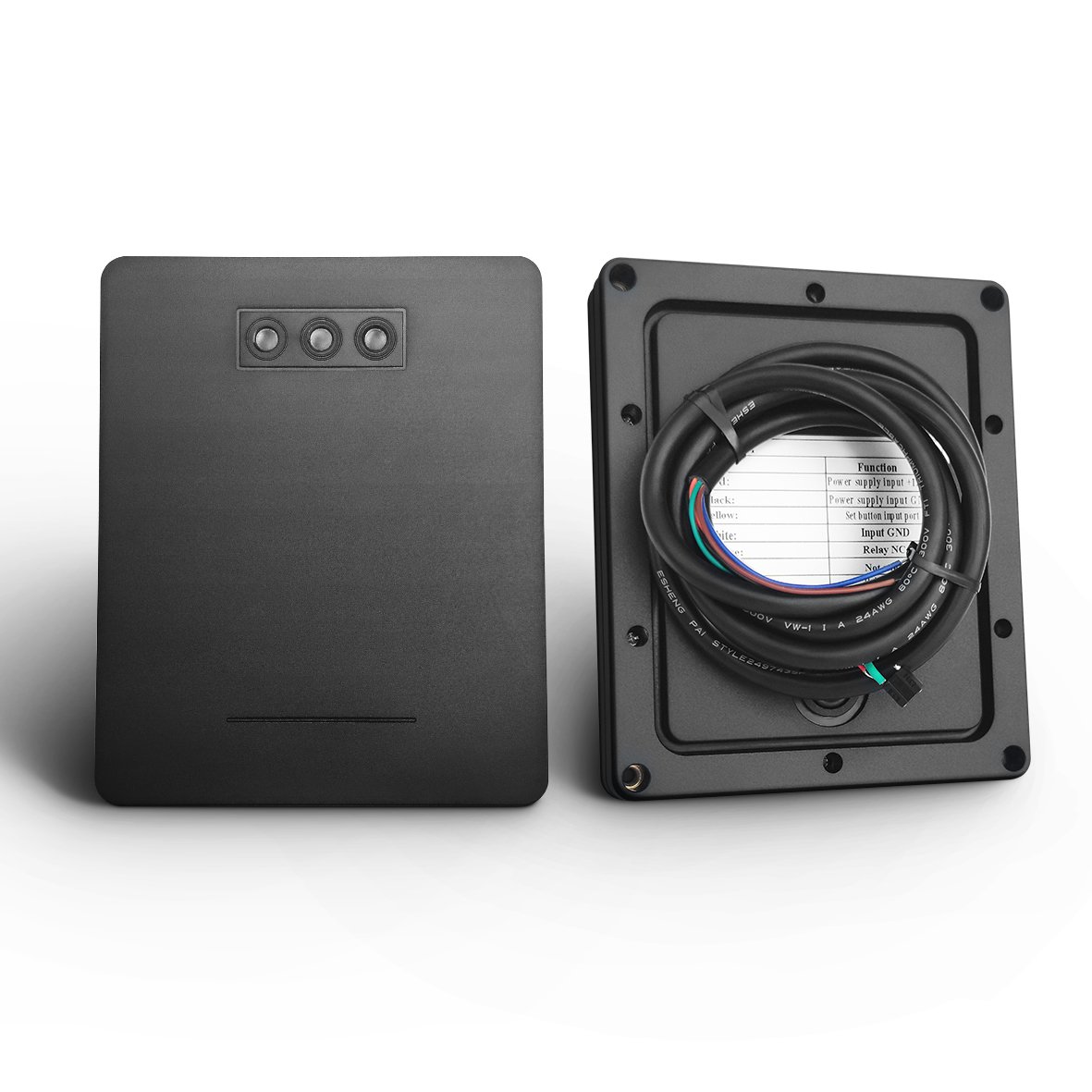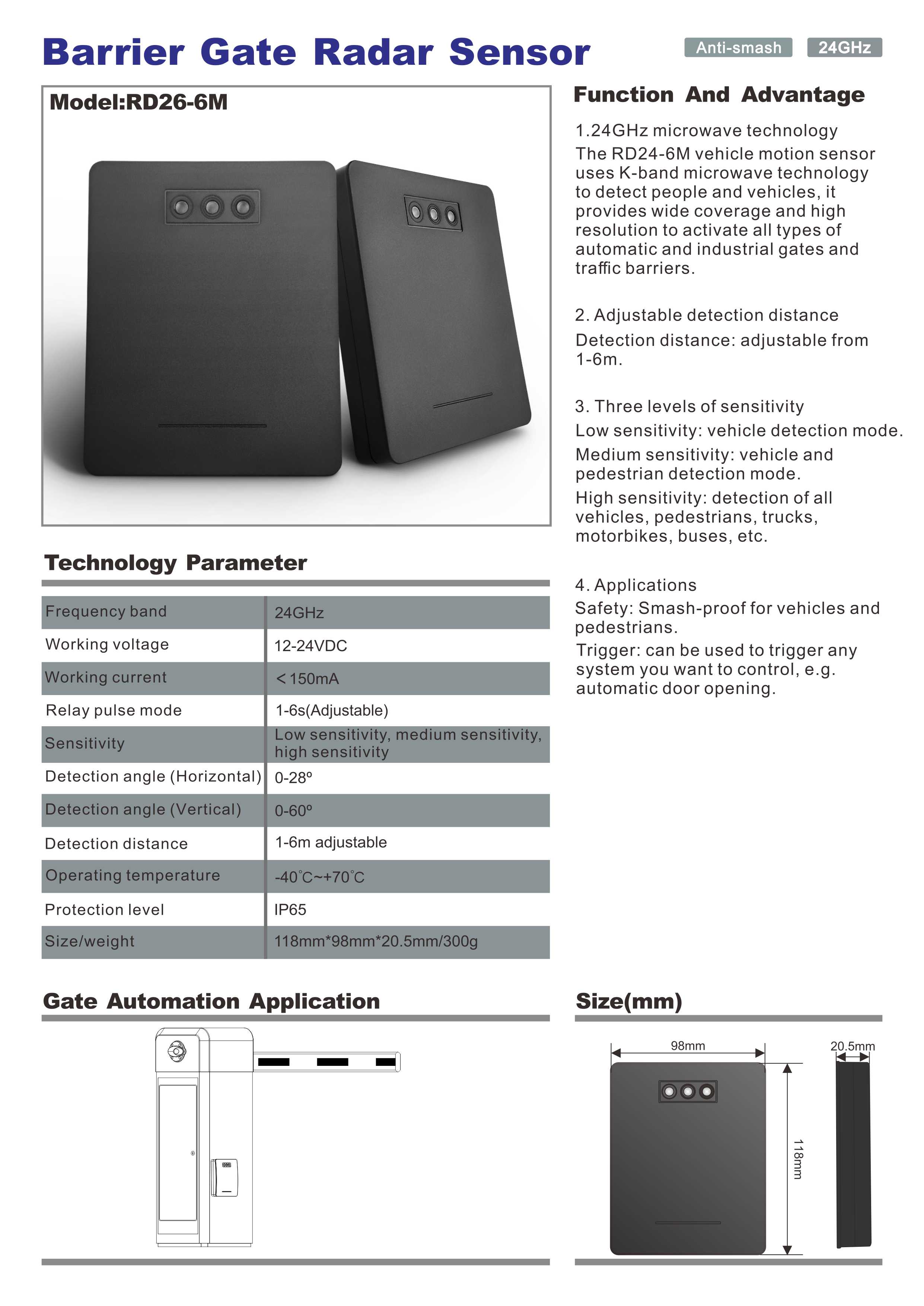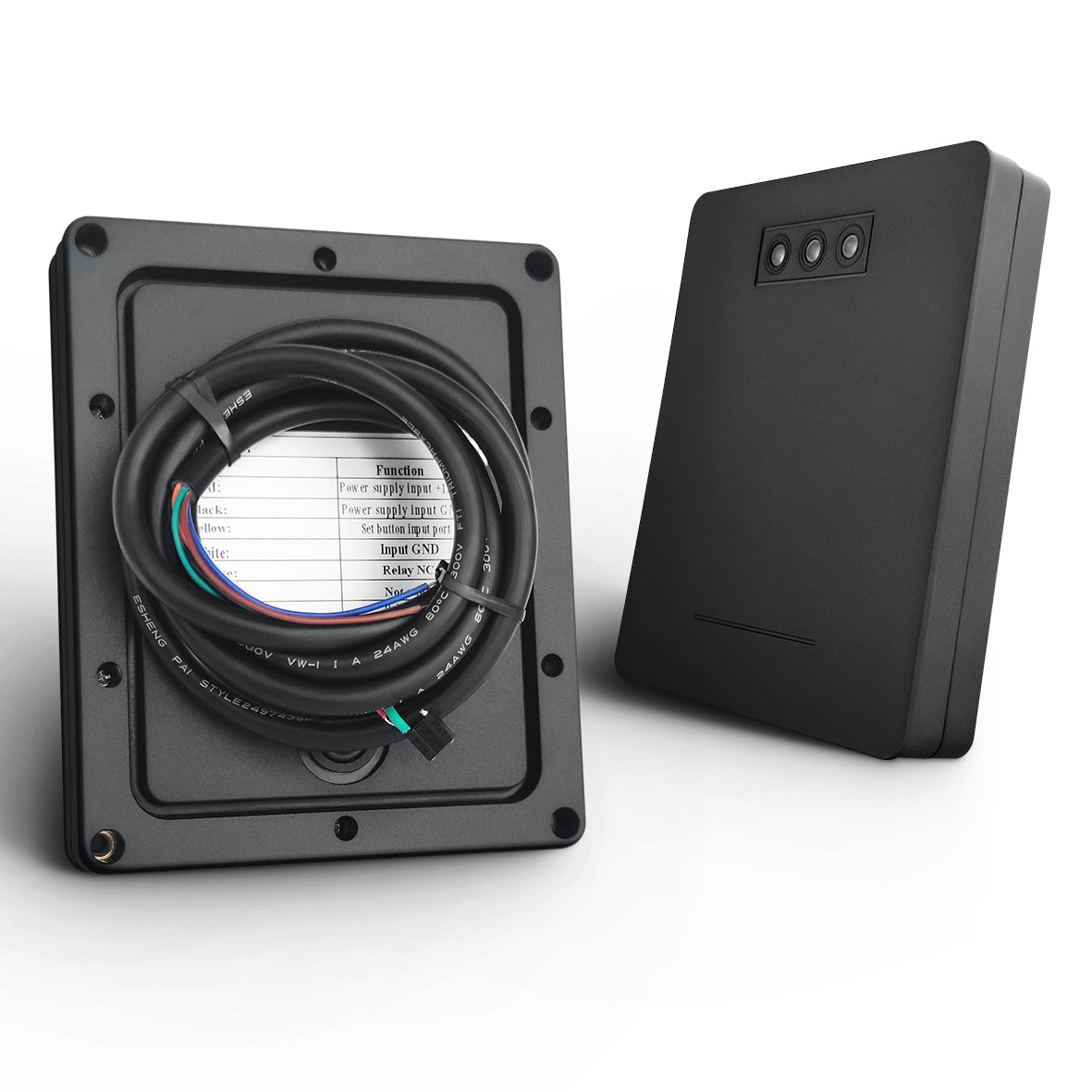| Product Details | |
|---|---|
| Brand | JUTAI |
| Serial Number | RD24-6ME |
| Country of Origin | shenzhen, China |
| Certificate | CE,FCC |
| Payment & Shipping Terms | |
|---|---|
| Price Quote | Negotiate |
| Minimum Order | 1 |
| Average Delivery Time | 1-50pair, within 7days |
| Payment Method | T/T, PayPal, Western Union |
| Package Details | 1piece one box, 100pair one carton |
| Ability to Supply | 6000/per month |
Barrier radar systems represent a cutting-edge technological advancement in the field of access control and perimeter security. These systems utilize radar sensors to monitor the environment, detect approaching objects, and facilitate the operation of barrier gates or barriers. In this comprehensive introduction, we will explore the working principles, key features, applications, and benefits of barrier radar systems.

Working Principle: Barrier radar systems operate on the fundamental principles of radar technology. They emit radio waves, often in the microwave frequency range, and then receive and analyze the reflected signals when they bounce off objects, including vehicles. By measuring the time it takes for the radar signals to return and analyzing their Doppler frequency shifts, these systems can determine the presence, speed, and direction of approaching vehicles. #Microwave barrier radar
Key Features:
Barrier radar systems find application in a wide range of settings, including:
Parking Facilities: These systems efficiently manage vehicle access and parking, ensuring only authorized vehicles enter and exit.
Toll Booths: Radar sensors streamline toll collection by automating gate operations as vehicles approach, reducing congestion on highways and expressways.
Airports: Radar systems control access to airport gates, enhancing security by monitoring vehicle movement in restricted areas.
Industrial Facilities: In industrial complexes, they regulate access to loading docks, restricted zones, and employee parking areas, improving security and efficiency.
Gated Communities: Residential areas with controlled access use radar systems to permit entry only to residents and authorized visitors, bolstering security.
Commercial Buildings: Commercial complexes with parking facilities use radar sensors to manage vehicle entry and exit, control visitor access, and monitor parking space availability.
Government Facilities: Government buildings and military bases employ radar systems for enhanced security, controlling access to critical zones and monitoring vehicle movement.
Hotels and Resorts: Hospitality establishments use radar sensors to manage vehicle access to parking lots and secure resort areas.
Hospitals: Radar sensors control access to hospital parking areas, ambulance bays, and restricted zones, ensuring orderly and secure vehicle movement.
Event Venues: Stadiums, arenas, and event venues deploy radar sensors to regulate vehicle access during events, manage parking, and enhance security for large gatherings.
Education Institutions: Schools, colleges, and universities rely on radar sensors for vehicle access control, prioritizing the safety of students and staff.
In summary, barrier radar systems are a highly reliable and versatile technology for access control and security, offering precise vehicle detection, weather resistance, and enhanced safety. Their wide range of applications makes them an essential component in various settings where controlled vehicle access and security are paramount. #Microwave barrier radar
We also provide OEM services.


Fill out more information, We will get back to you within 24 hours.
5F,Mingjinhai Industrial Park, ShiyanTown, BaoAn,Shenzhen,China
jutaigateaccess2@gmail.com
Telephone : 86-0755-29573855
Business Phone : 8613143400257
Work Time :8:00-18:00(Beijing time)